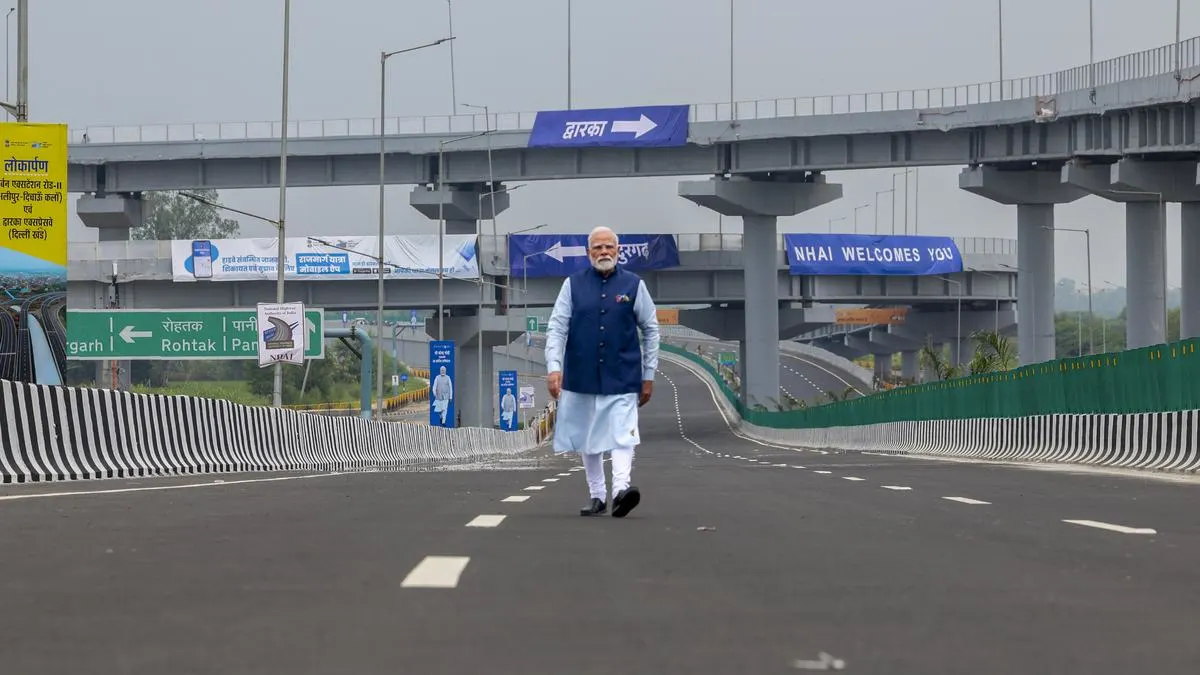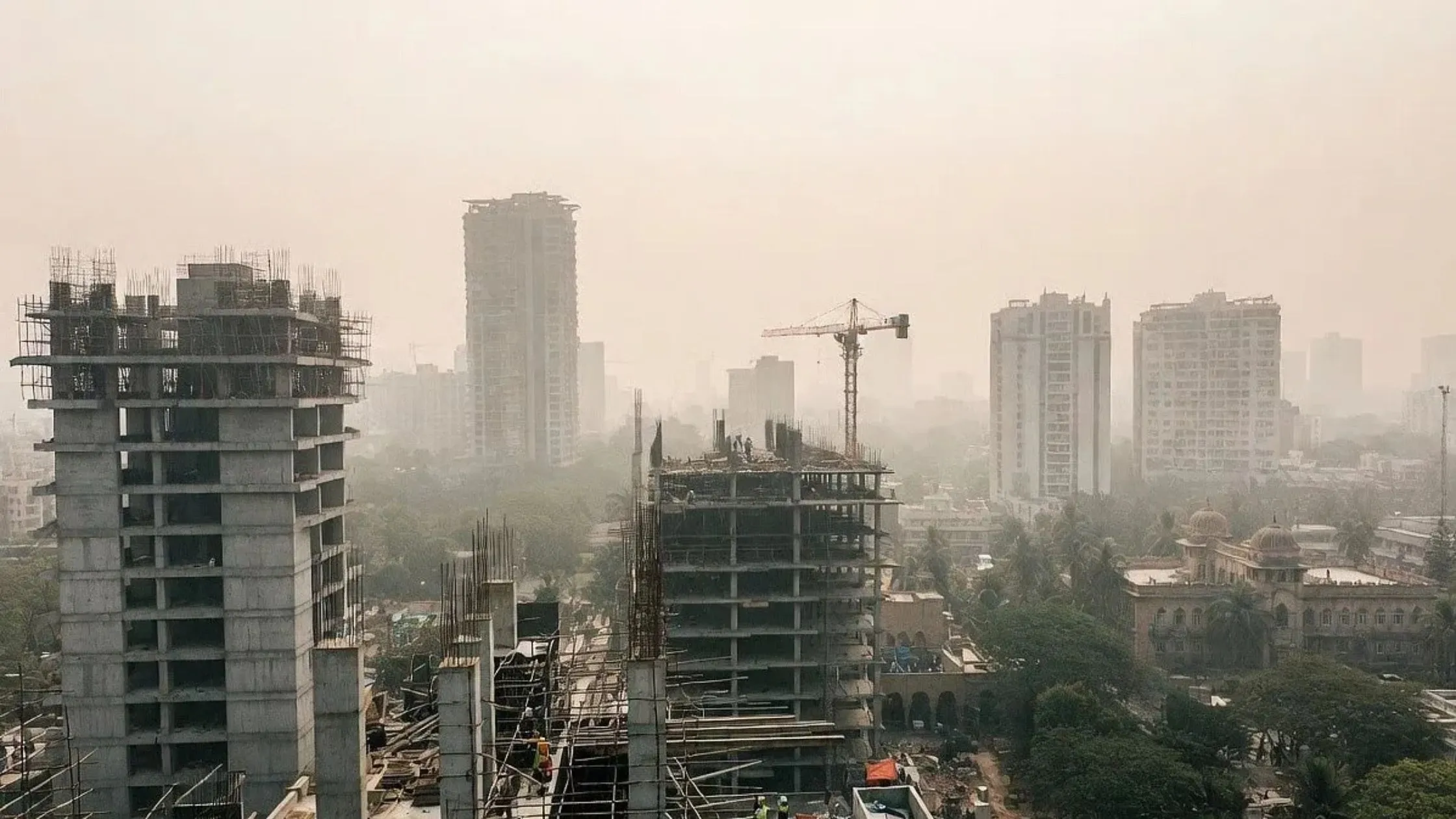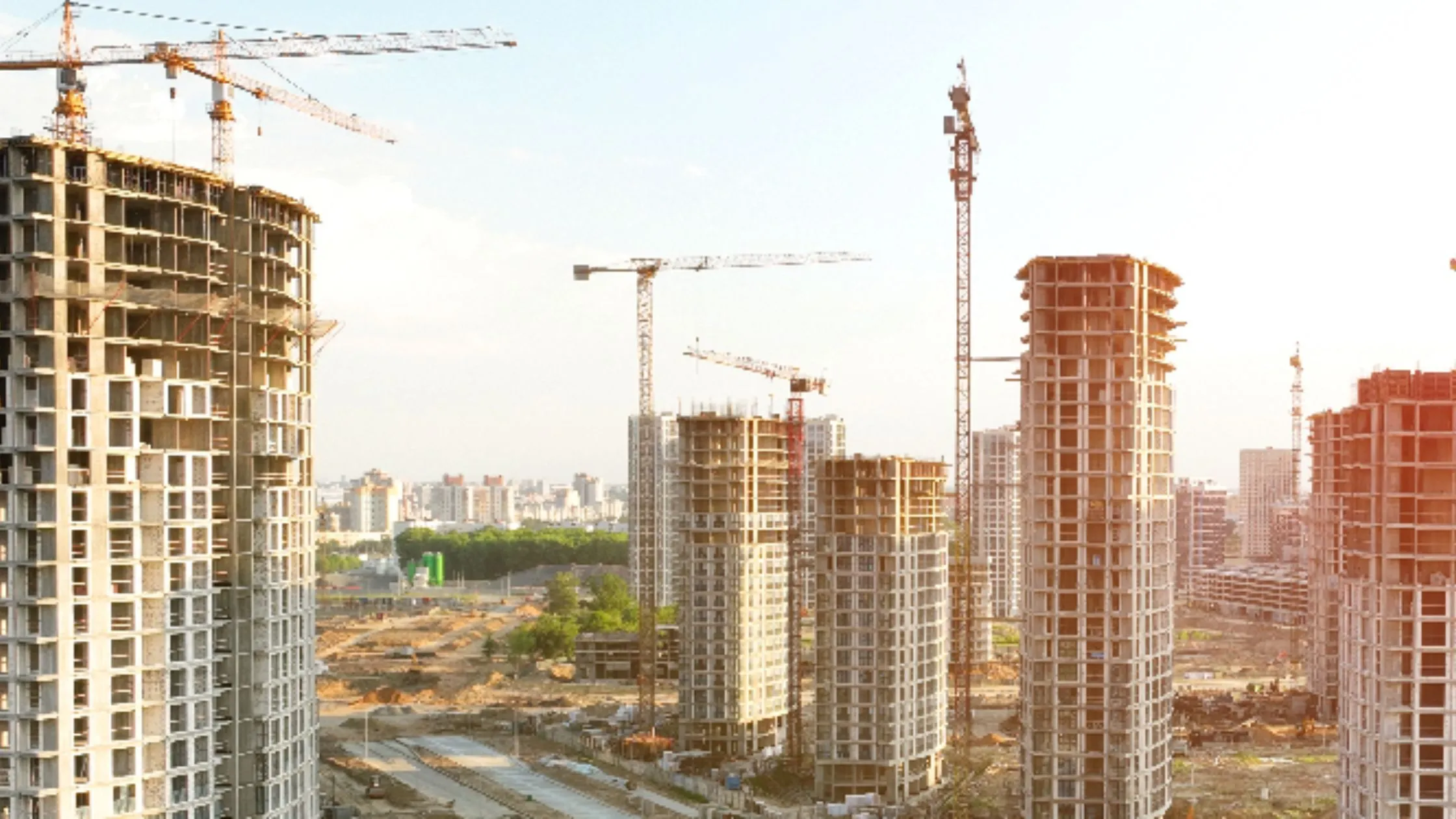Table of Content
Prime Minister Narendra Modi, on August 17, inaugurated two of the most ambitious infrastructure projects in Delhi NCR the 76-km Urban Extension Road-II (UER-II) and the 29-km Dwarka Expressway. Together, these projects are designed to reshape urban mobility, reduce congestion, and unlock massive real estate potential across the region.
For residents and businesses, the opening of Dwarka Expressway, UER-II represents more than just shorter commutes. It is a game-changing development that is expected to fuel residential demand, attract commercial investments, and establish new hubs for warehousing and logistics.
Project Overview
The UER-II, constructed at an estimated cost of nearly ₹8,000 crore, is envisioned as Delhi’s third Ring Road, offering high-speed connectivity across the capital’s peripheral areas. Starting from Alipur in North Delhi and stretching to Mahipalpur near the airport, it traverses through major nodes like Mundka, Bakkarwala, Najafgarh, and Dwarka.
Complementing this is the 29-km Dwarka Expressway, which connects Dwarka in Delhi to Gurugram in Haryana. Both projects are set to significantly cut travel times to Indira Gandhi International (IGI) Airport and provide direct connectivity to emerging NCR corridors.
By integrating with national expressways like Delhi-Mumbai, Delhi-Chandigarh, and Delhi-Rohtak, Dwarka Expressway, UER-II is poised to transform intra-city and inter-state movement.
Also Read: Urban Extension Road (UER) II: Transforming Connectivity and Real Estate in Delhi NCR
Connectivity and Regional Impact
One of the biggest advantages of these projects lies in seamless regional connectivity. The UER-II acts as a critical link, connecting NH-44, NH-9, and NH-48 with the Dwarka Expressway. This will ease bottlenecks, lower travel costs, and save significant commuting time.
For satellite towns such as Sonipat, Panipat, Rohtak, Bahadurgarh, and Kundli, this improved infrastructure means faster access to Delhi’s core markets and IGI Airport. Logistics players expect reduced turnaround times, while residents will benefit from less congested routes and smoother travel across NCR.
Residential Real Estate Boost
The launch of Dwarka Expressway, UER-II is expected to create a ripple effect across the NCR housing market.
- Prime beneficiaries: Dwarka, Najafgarh, Rohini, and areas along NH-48 are likely to witness heightened demand for mid-segment and premium housing.
- Peripheral growth zones: Emerging corridors such as Kundli, Narela, and Sonipat are set to attract buyers seeking affordable yet well-connected housing.
- Price appreciation: Many NCR pockets have already seen substantial land price appreciation in anticipation of these projects. For instance, Kundli and Sonipat have recorded 150–200% jumps in land values since 2020, driven by both end-user and investor demand.
This shift will particularly benefit first-time homebuyers and professionals looking for budget-friendly alternatives to Gurugram and Noida while still enjoying fast connectivity to Delhi.
Commercial and Warehousing Growth
Beyond housing, Dwarka Expressway, UER-II will act as a catalyst for commercial and warehousing growth.
- Office spaces: Close to 3 million sq. ft. of Grade A office developments are nearing completion in the NH-48 micro-market, which will now enjoy better regional connectivity.
- Warehousing hubs: Locations such as Bahadurgarh, Sonipat, and Panipat are expected to become major logistics and warehousing clusters due to their proximity to highways and industrial corridors.
- Retail expansion: With smoother accessibility, catchment areas like Dwarka and Najafgarh are set to attract new retail and entertainment investments.
As supply chains become more efficient, businesses in manufacturing, e-commerce, and distribution will find NCR an even more attractive base of operations.
Expert Insights
Real estate experts unanimously view Dwarka Expressway, UER-II as a long-term growth engine for NCR.
- According to Colliers India, these projects will uplift real estate activity in Dwarka, Najafgarh, Rohini, and along NH-48, boosting both residential and commercial demand.
- Square Yards highlights that the corridor will create fresh housing opportunities in budget-friendly zones like Kundli and Narela, while preserving strong connectivity to Delhi’s business hubs.
- Whiteland Corporation notes that UER-II will provide greater accessibility to emerging markets such as Sonipat and Panipat, catalyzing growth in both residential and commercial segments.
- Industry leaders from M3M India and BPTP emphasize that improved infrastructure will strengthen Tier-2 markets like Panipat, where enhanced connectivity drives long-term economic vibrancy.
These insights underline the structural shift in demand dynamics that is likely to unfold in the coming years.
Also Read: Metro Fuels Property Prices in Micro Markets: 24–139% Surge Across India’s Top Real Estate Hotspots
Long-Term Outlook for NCR Real Estate
The operationalization of Dwarka Expressway, UER-II is set to bring about a revaluation of NCR’s property market. As connectivity improves, several underdeveloped pockets will transition into sought-after residential and commercial destinations.
- For homebuyers: Expect more affordable and spacious housing options in peripheral NCR regions without compromising on accessibility.
- For investors: The corridor promises healthy appreciation potential across micro-markets such as Kundli, Narela, and Sonipat.
- For businesses: Lower logistics costs and improved connectivity will enhance competitiveness, making NCR a magnet for industries, IT parks, and warehousing hubs.
The government’s sustained push for infrastructure-driven growth ensures that these benefits will continue to multiply in the years ahead.
Conclusion
The inauguration of Dwarka Expressway, UER-II is more than just an infrastructure upgrade it’s a transformative step for NCR’s urban landscape. By cutting travel times, easing congestion, and opening up new growth corridors, these projects are set to redefine housing trends, commercial investments, and warehousing demand across Delhi NCR.
For developers, investors, and homebuyers alike, the message is clear: the future of NCR real estate lies along the corridors of Dwarka Expressway, UER-II, where infrastructure meets opportunity.
Follow AquireAcers Whatsapp Channel to Stay Updated With The Latest Real Estate News




_1766473246.webp)


Ans 1. Both projects drastically improve connectivity within Delhi and between the capital and nearby towns. By linking highways, decongesting city routes, and providing direct access to IGI Airport, they reduce travel time and costs, while opening up new residential, commercial, and industrial growth corridors.
Ans 2. They make peripheral and emerging areas like Kundli, Narela, and Sonipat more attractive by combining affordability with fast access to Delhi. At the same time, established zones like Dwarka, Najafgarh, and Rohini will see stronger demand for mid and premium housing, driving appreciation in property values.
Ans 3. Even before completion, anticipation of these projects has led to sharp price increases. Land in areas like Kundli and Sonipat has appreciated by 150–200% since 2020, showing the strong investor confidence in the corridor’s long-term potential.
Ans 4. Yes, major office projects along NH-48 are set to gain from improved regional access, while retail in Dwarka and Najafgarh will expand with new catchments. Warehousing and logistics hubs in Bahadurgarh, Sonipat, and Panipat will also thrive due to their location advantage on national corridors.
Ans 5. By cutting turnaround times and creating direct links to highways, they make supply chains more efficient. This is expected to attract e-commerce, manufacturing, and distribution firms to set up or expand warehousing clusters along the corridor.
Ans 6. Analysts agree these corridors will reshape NCR real estate by unlocking new growth zones. They highlight Dwarka, Rohini, and Najafgarh for residential growth, and Kundli, Sonipat, and Panipat as upcoming hubs for both housing and commercial activity, thanks to improved access.
Ans 7. Yes, with infrastructure already operational, property values in peripheral regions are expected to rise further. Early investments in areas like Narela, Kundli, and Sonipat can offer significant appreciation over the next few years while providing better affordability than core NCR.
Ans 8. They are likely to push development outward, reducing the over-reliance on Gurugram and Noida. Over time, new residential hubs, business districts, and logistics centers will emerge along these expressways, balancing growth across the wider NCR region.